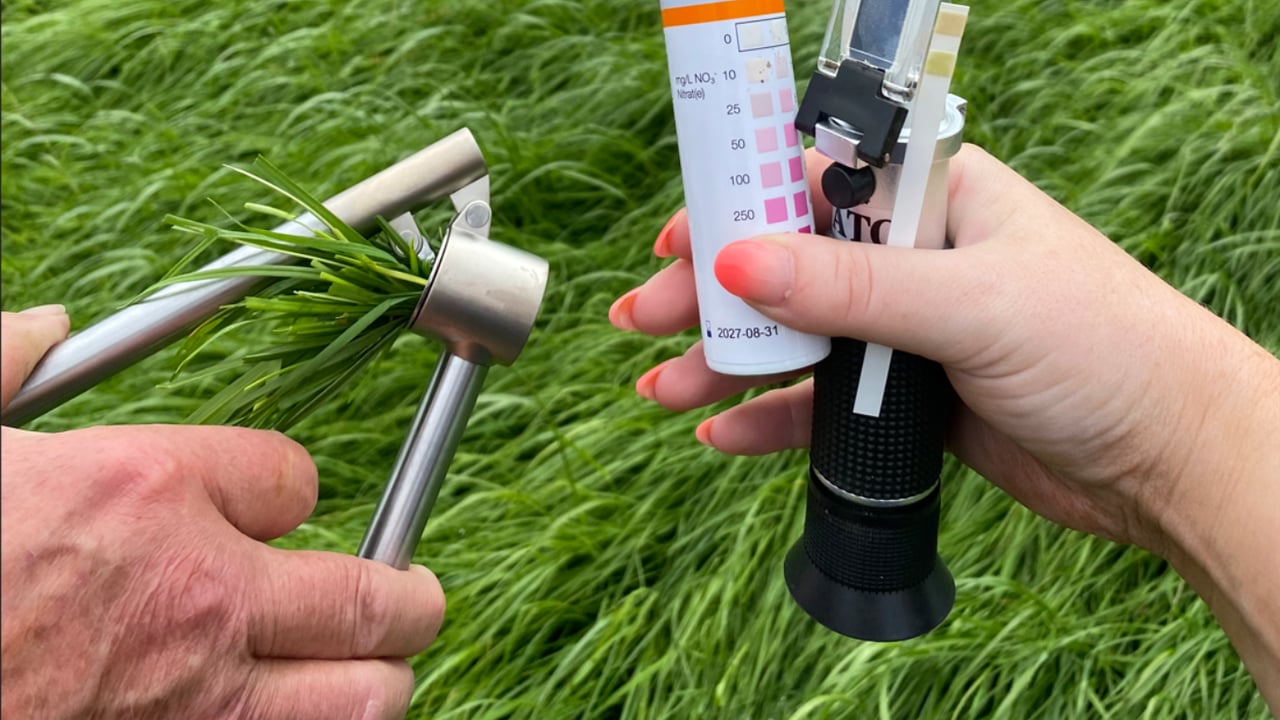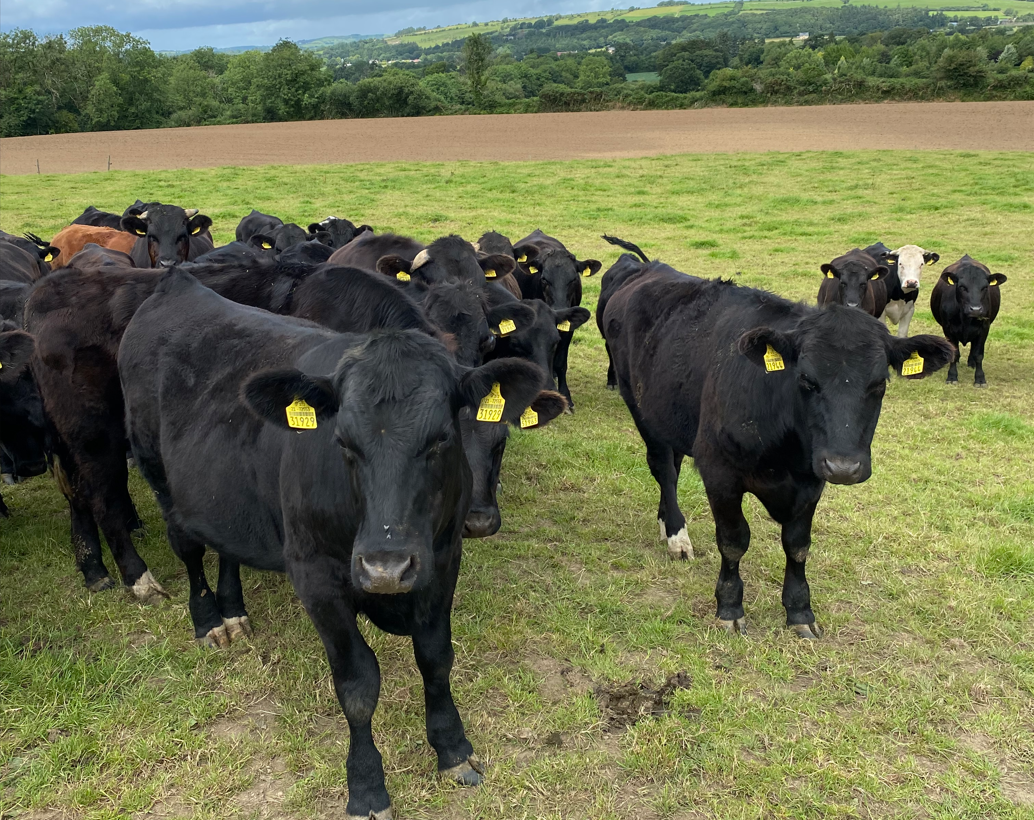Advantage Beef Programme


All the 2025-born calves have now been weaned and are gone out to grass, but there has been two isolated cases of summer scour.
Thankfully, these cases were identified early and the two calves were taken off grass and housed on a roughage diet to aid recovery. Other than that, the calves have been doing well on the farm.
All calves have access to the shed where straw is fed ad-lib. Calves also are fed 2kg/head/day of an 18% calf nut in this shed.
According to the farm liaison officer: "It’s a nice set-up as calves can take shelter in wet/windy weather,"
John stopped feeding rolled oats two weeks after the calves were turned out to grass, but is going to reintroduce them again.
The calves are being strip-grazed on strong covers and given fresh grass on a daily basis.
Calves were also dosed for worms three weeks ago as part of a worm-control treatment plan.
The yearling cattle are also doing well and thriving. Their average weight is 410kg.
These cattle will be dosed for worms in the coming weeks too, and given a multimin injection.
Graze outs are good with this bunch, and John is happy with the quality of grass in front of them.

The ABP Monitor farm reseeded 4ac of grassland in the first week of May. Due to the extremely dry spell of weather that followed, germination was slow.
The ground was sprayed off, then 14 days later disced, power harrowed, and rolled prior to setting. It was then set with a ryegrass and clover mix and rolled again.
The reseeded ground also received 2t/ac of lime. A post-emergence clover safe spray was used a few weeks later, but unfortunately this spray did not manage to kill thistles.
Bates noted: "There’s now a problematic number of thistles in this reseed, and these may have to be sprayed - which might end up killing the clover, but there’s always the possibility of over-sowing clover at a different point in time."

Second-cut silage is fast approaching so John availed of the pre-cut grass testing service provided by the Advantage Beef Programme farm liaison team.
First cut silage was taken in the first week of May and received 50 units of nitrogen (N) via a protected urea application and 2,000g/ac of slurry.
Bates explained: "If we estimate that - to equal 60 units of N at an uptake rate of 2 units/day - that means that approximately 30 days after application, the grass should have little to no N left in it."
"Based on our test on June 26, there was no N left in the sward and the sugars read at 4.5%, which is a good reading but to be expected for young grasses.
"This is a great indicator for when farmers are unsure when to cut. This service is available for all Advantage Beef suppliers by contacting their farm liaison officer."